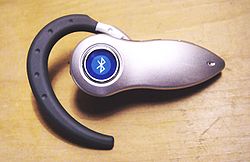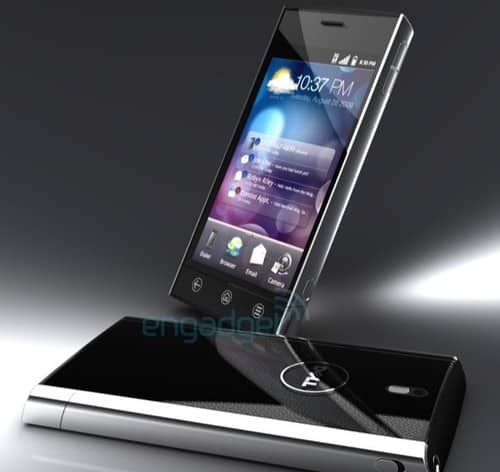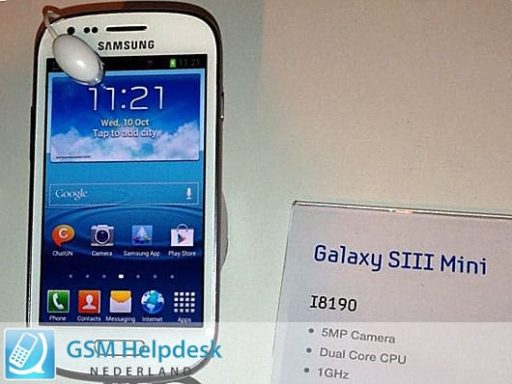We’ll be able to get our hands on the new version of Bluetooth–Bluetooth 4.0–by the end of this year, and guess what? They’ve made some pretty great improvements. The range has been extended from the previous 30 feet to an awesome new 200 feet. And there’s a new low power mode that will be seen in either single or dual-mode iterations.
The single-mode chips are strictly low power which means it can be tossed into watches, remote controls, and a variety of health, fitness, and in-home sensors. Dual-mode chips combine that same low energy mode with the ability to transfer data over 802.11 WiFi, much like what we’ve seen with Bluetooth 3.0. Think of it like 2 Bluetooths.
From Bluetooth.com:
“Bluetooth v4.0 throws open the doors to a host of new markets for Bluetooth manufacturers and products such as watches, remote controls, and a variety of medical and in-home sensors. Many of these products run on button-cell batteries that must last for years versus hours and will also benefit from the longer range enabled by this new version of the Bluetooth specification,“ said Michael Foley, Ph.D., executive director of the Bluetooth SIG.
Bluetooth v4.0 is like three specifications in one – Classic Bluetooth technology, Bluetooth low energy technology, and Bluetooth high speed technology– all which can be combined or used separately in different devices according to their functionality. For example, sensors like those in pedometers and glucose monitors will run only low energy technology, thus saving power, cost and space within the device. Watches will take advantage of both low energy technology while collecting data from fitness sensors on the body as well as Classic Bluetooth technology when sending that information to a PC, or separately displaying caller ID information when wirelessly connected to a mobile phone. Mobile phones and PCs, which support the widest range of uses, will utilize the full package with Classic, low energy and high speed technology running side by side.
As with previous versions of the specification, the range of the Bluetooth v4.0 radio may be optimized according to application. The majority of Bluetooth devices on the market today include the basic 30 foot, or 10 meter, range of the Classic Bluetooth radio, but there is no limit imposed by the Specification. With Bluetooth v4.0, manufacturers may choose to optimize range to 200 feet and beyond, particularly for in-home sensor applications where longer range is a necessity.
Bluetooth v4.0 was recently named one of the “10 Mobile Technologies to Watch in 2010 and 2011” by Gartner, Inc. Technologies chosen for the list were selected on their potential to evolve and impact short-term mobile strategies and policies. Specifically, Bluetooth v4.0 is cited to have significant impact on the fitness, healthcare and environmental control industries.
Availability
The specification for Bluetooth v4.0 with the hallmark feature of low energy technology was first introduced in December 2009. Samples of sensors utilizing this specification are available from some silicon manufacturers today. Integration of Bluetooth low energy wireless technology within the Bluetooth specification will be completed before June 30, 2010. Upon completion, mobile phone and PC manufacturers may enhance their Bluetooth product offerings with support for Bluetooth low energy wireless technology. End-user devices with Bluetooth v4.0 are expected to reach the market in late 2010 or early 2011.
About Bluetooth® Wireless Technology
Bluetooth wireless technology is the global short-range wireless standard for personal connectivity of a broad range of electronic devices. The technology continues to evolve, building on its inherent strengths – small-form factor radio, low power, low cost, built-in security, robustness, ease-of-use, and ad hoc networking abilities. This evolution now provides manufacturers and consumers with three options for connecting wirelessly – Classic Bluetooth technology for use in a wide range of consumer electronics; Bluetooth high speed technology for the transfer of video, music and photos between phones, cameras, camcorders, PCs and TVs; and Bluetooth low energy technology for low power sensor devices and new web services within the healthcare, fitness, security, home entertainment, automotive and automation industries. More than eight new Bluetooth enabled products are qualified every working day and more than 19 million Bluetooth units are shipping per week. There are nearly three billion Bluetooth devices in the marketplace and that number climbs daily, making it the only proven wireless choice for developers, product manufacturers, and consumers worldwide.
Source: Bluetooth.com




Pingback: Bluetooth 4. 0 finalisé avec 7 fois l'ancienne gamme et moins de consommation électrique